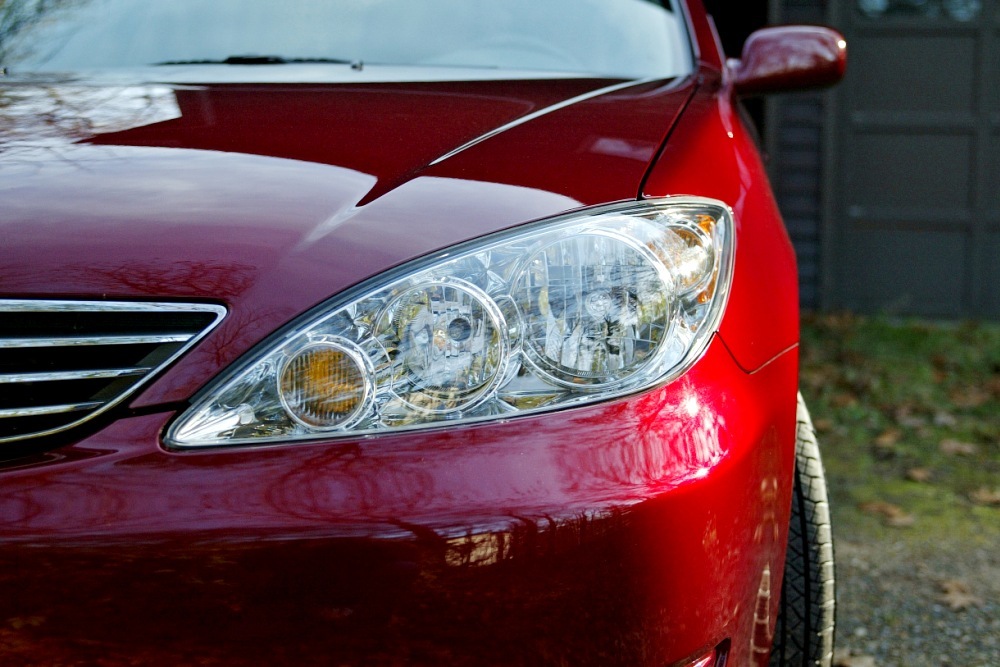University of Advancing Technology issued the following announcement on Sept. 13
As the digital age progresses, technological innovations push 'smart' goods into more and more facets of our daily lives. From voice assistants to kitchen appliances connected through the 'internet of things,' these breakthroughs continually bring us unprecedented convenience and ease of use—and it becomes difficult to picture getting through our daily tasks before these technologies were available.
The automotive industry is at the forefront of using this technology to challenge the status quo. For many Americans, driving is a necessity. With so many people who rely on their personal vehicles to get them from A to B every day, fundamental improvements to the way cars operate can benefit countless drivers.
When people hear 'AI' and 'car' in the same sentence, a vision for a road full of autonomous electric vehicles often comes to mind. And while a future without human drivers hardly seems out of the realm of possibility, there are many ways that artificial intelligence is already improving the experience of commuting for many people on the road.
Current Capabilities
While there's a lot in the works for the future of vehicles, many advanced assistance features have actually been in production and on the road for quite some time now—some for longer periods of time than others. We'll start with some common features.
Lane Assistance:
This feature that's just beginning to make its way onto most drivers' radars was introduced by Nissan in 2001 for the Japanese market via the Cima. Many of Nissan's—and its competitors'—vehicles now employ versions of this software that has made leaps and bounds over the years. Some models make a noise or flash a light, and some physically prevent the vehicle from moving further while bringing it back to the center of the lane.
Forward Collision Warning:
Forward collision warnings are an advanced technology that uses a number of means to detect and alert drivers of a collision that's about to occur in front of them. These systems use sensors that monitor the vehicle's speed, the speed of vehicles in front of or in close proximity to it, and the distance between them. If the vehicle is going too fast in relation to the vehicle in front of it, a warning sound, visual, or both will alert the driver so they can take corrective action. These types of systems do not take any actual control of the vehicle.
Automatic Emergency Braking:
Automatic emergency braking is very similar to forward-collision warning systems in that it uses sensors to detect an impending collision in front of the vehicle. As the name implies, however, automatic emergency braking systems slow down the vehicle (some systems can take evasive steering action at higher speeds) to prevent a crash without any input from the driver at all.
Blind Spot Monitoring:
First introduced by Volvo in 2007, many automakers have since added this capability to their lines of vehicles. It's not hard to imagine why—at high speeds on the road, especially in larger vehicles, blind spots can be particularly dangerous. Blind-spot monitoring helps to alert drivers of other vehicles on the road that are in their blind spot as they're about to merge. Typically with an audible chime, a light on the mirror, or some type of vibration. Some models even alert drivers who put on their turn signal but have not begun to merge if there's are a car in or near their blind spot.
Autopilot Features:
This technology is still in the early stages of development, but some auto manufacturers already have rolled out vehicles with autopilot—the most well known being Tesla. While these features are not meant to let drivers completely stop paying attention or do things like sleep through their commutes, the potential seems endless. And for now, these autopilots seem to be able to handle long stretches of highway without incident.
The Future of AI and Vehicles
While fully autonomous vehicles are not currently a reality, many large-scale entities are pouring massive amounts of resources into the research and development of driverless cars. From a freight industry comprised of automated semi-trucks to cars that drop us off and park themselves for us, it certainly seems like the ambitions of many manufacturers is going to steer us into a future of vehicles that drive themselves—what remains to be seen is how long this process will take.
Progress has been quick thus far, but a lot needs to happen before we're all scrolling through our social feeds as our autonomous vehicles drive us to work. Safety will be of utmost importance, and to ensure these vehicles are all interconnected and keep us out of danger, the development of AI in vehicles needs more time for refinement. That said, this is currently being hammered out by a number of companies. Only one thing is for certain, and that is that AI is changing the way we drive and how we interact with our vehicles at an astonishing rate
Original source can be found .here.






 Alerts Sign-up
Alerts Sign-up